9 Ways Dancers Spend & Save Their Paychecks

Know How Much You Can Spend Each Month
Keeping a clear monthly budgeting system can help dancers whose income varies, which is how Chad Allen Ortiz managed his finances when he had numerous teaching and performing gigs as a freelancer. “I total up how much income is coming in that month, then subtract what I’m going to pay in food, rent, bills. I then divide that in half: One half I put into savings, one half I use for fun stuff,” says Ortiz, now the educational director and a principal dancer with Nickerson-Rossi Dance.
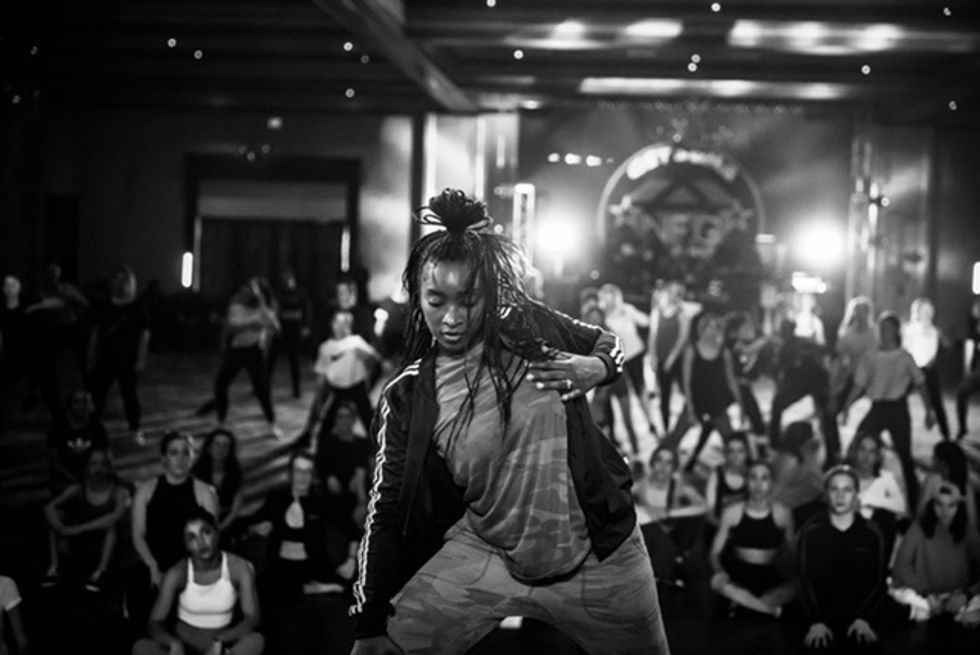
Build Your Savings Whenever You Can
Other dancers use busy months to build up their savings—that’s how commercial dancer Ava Bernstine paid off her car and pays down the mortgage for her condo in North Hollywood. “On tour I’d have a certain amount of my paycheck go right to my savings,” she says. “Whenever I’m working a lot I save more, rather than spend more.”
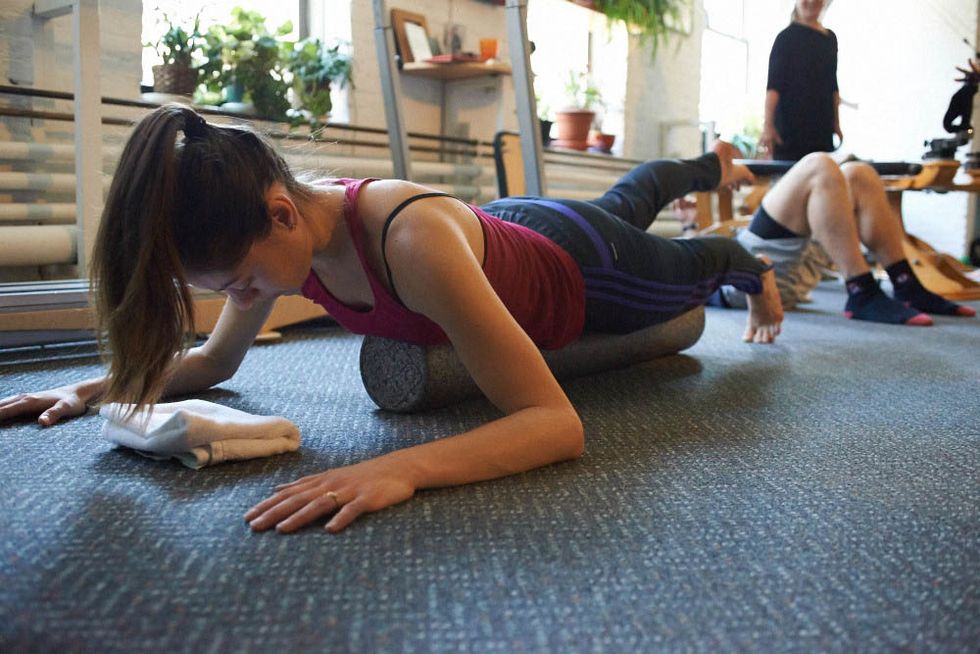
Take Advantage of Any Job Perks
Use any benefits you’re offered. As a former member of the Merce Cunningham Dance Company, freelancer Melissa Toogood can take Cunningham class for free, which she does often. “This frees up some money for body care, like physical therapy and Pilates,” she says, adding that she typically books practitioners who offer reduced rates for dancers.
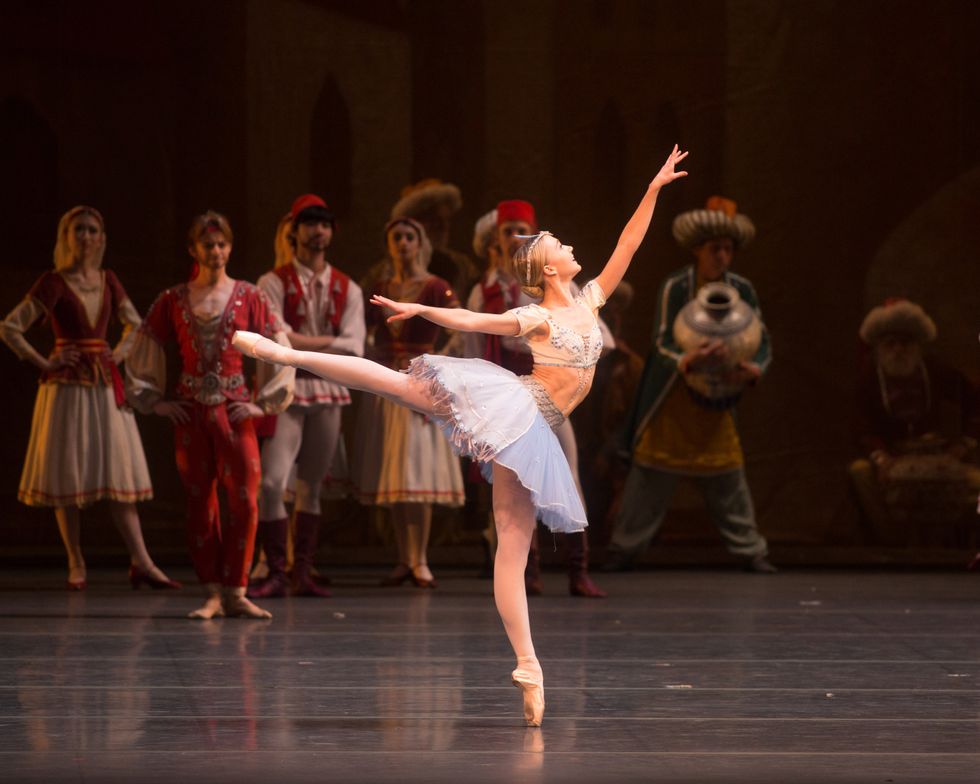
Le Corsaire by Rosalie O’Connor, courtesy ABT.
Don’t Forget About Old-School Money-Saving Tools
Katherine Williams, an American Ballet Theatre corps member, swears by loyalty cards at stores like Walgreens and Starbucks. She also uses a credit card with great travel perks. “The little things add up,” she says.
Get Creative With Your Skills
Early in his career, Ortiz pulled from different parts of himself to create income. “I learned social media management and photography, and I started modeling and teaching,” he says.

Take Advantage of Online Opportunities
Smuin Ballet dancer Erin Yarbrough-Powell uses Groupon for things like massages or going out to dinner. “And eBay is great for selling anything in my closet that I’m not actually wearing,” she says, “or if I find a good deal on something that I can make a little profit reselling, it turns into a fun side project.”
Pick Your Priorities
Decide which splurges are worth it. “I really feel a difference in my dancing when I’m cross-training, so I’ll spend on that,” says Williams. “But I don’t buy nice bags or clothes since I basically live in a leotard and tights, anyway.”
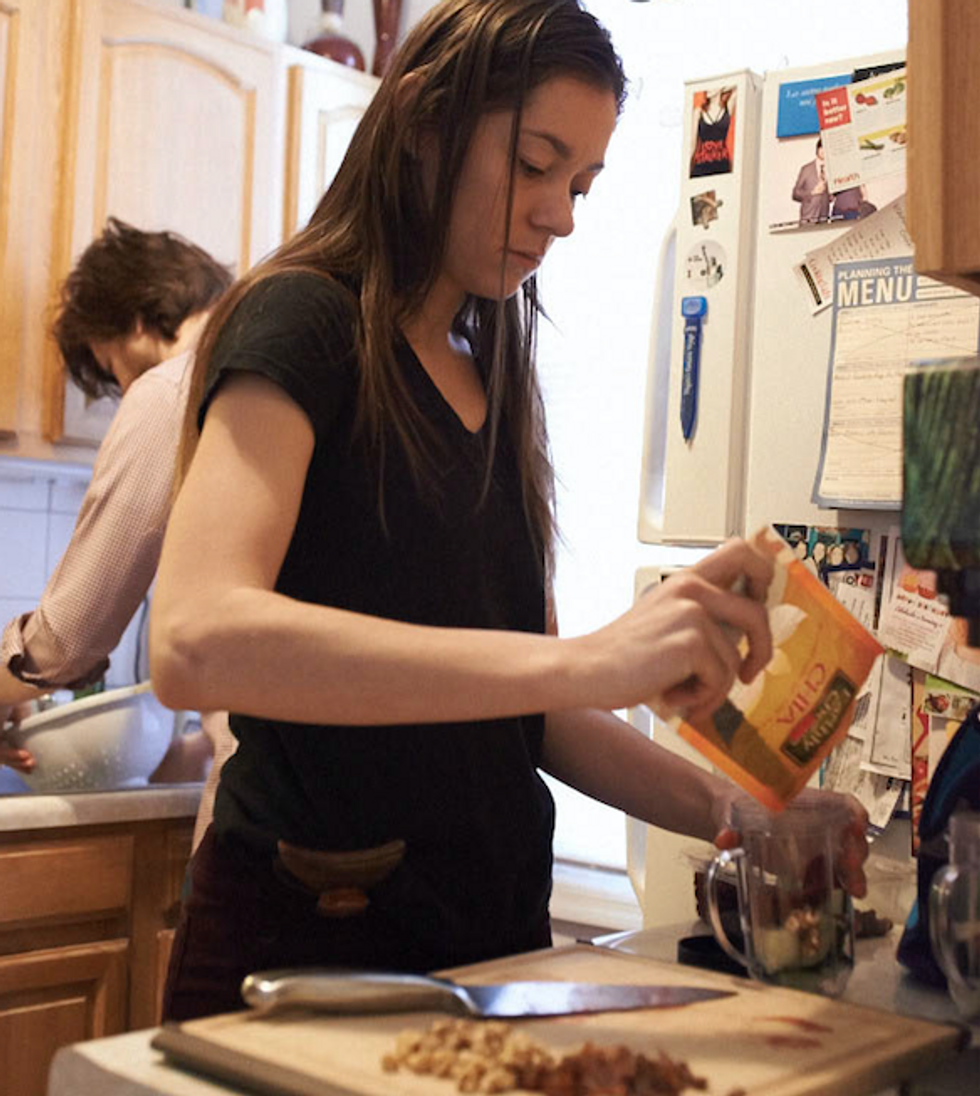
Cook at Home
Toogood only eats out sporadically. When grocery shopping, she tries to buy items that are on sale and calls herself “a coupon queen.”
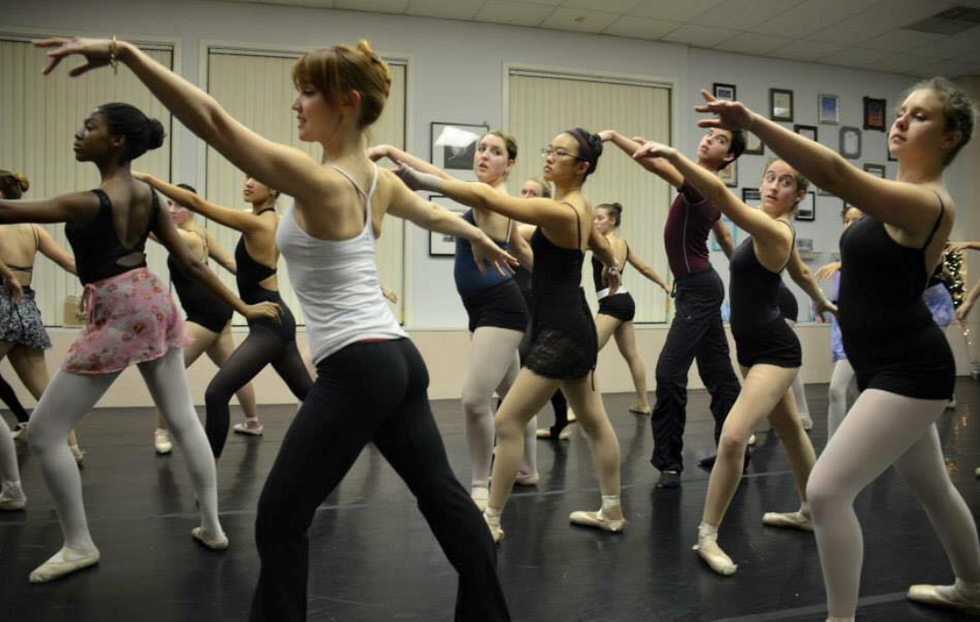
Find the Right Side Gig
“For many dancers, the reality is that you’ll need a second job,” says Yarbrough-Powell. “Find something you enjoy.” She teaches and choreographs for local studios because she truly loves it.



